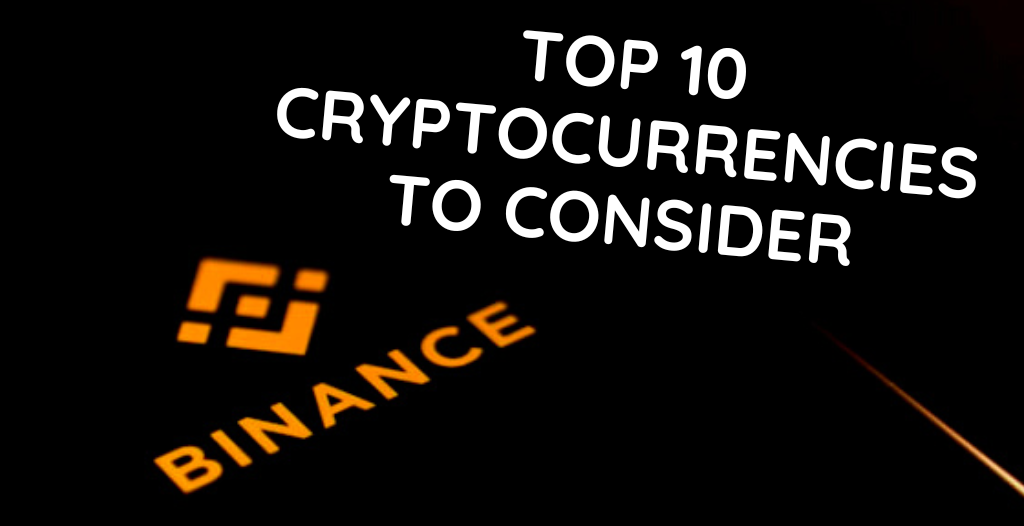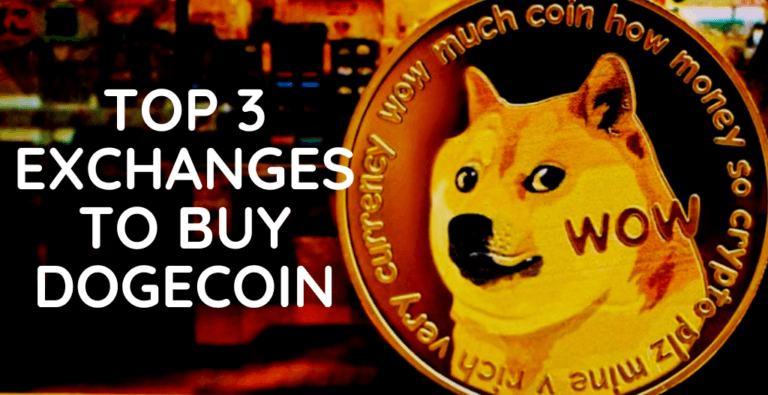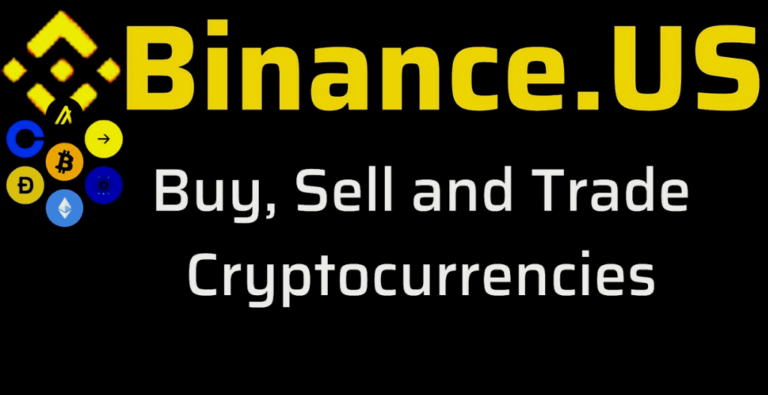Top 10 Promising Cryptocurrency Projects to Consider This Year
Cryptocurrency has been the buzzword of the financial world for the past decade, and with the increasing popularity and acceptance of digital currencies, investing in this market has become a lucrative opportunity. With a plethora of cryptocurrencies available in the market, it can be challenging determining which ones hold the most potential for investment.
In this article, we have compiled a list of the top 10 promising cryptocurrency projects that investors should consider in their portfolio. These projects are selected based on their adoption rate, technological advancements, and potential for growth.
Whether you’re a seasoned investor or just starting out, this article is an essential guide to navigating the cryptocurrency market and maximizing your investment potential.
1- Bitcoin (BTC)

Bitcoin is a decentralized digital currency, meaning it operates on a peer-to-peer network without a central authority. They record transactions on a public ledger called the blockchain, and it can be sent directly between individuals without the need for intermediaries.
Bitcoin is designed to be scarce, with a limited supply of 21 million, and its value is determined by market demand. The currency is often used as a store of value and a means of payment.
2- Ethereum (ETH)

Ethereum (ETH) is a decentralized, open-source blockchain platform that enables the creation of decentralized applications (dapps) and smart contracts. It provides a decentralized virtual machine, the Ethereum Virtual Machine (EVM), which can execute scripts using an international network of public nodes.
The project aims to provide a more secure and censorship-resistant platform for internet applications, with a focus on enabling decentralized financial applications and decentralized autonomous organizations (DAOs).
3- Binance Coin (BNB)

Binance Coin (BNB) is a cryptocurrency developed by Binance, one of the largest cryptocurrency exchanges. It was created as a utility token to be used on the Binance platform for paying trading fees, and to offer discounts to users who pay with BNB.
BNB can also be traded on various cryptocurrency exchanges, and used for other purposes such as participating in token sales on the Binance Launchpad platform. Over time, Binance has expanded the use cases for BNB, including use in the Binance decentralized exchange (DEX) and as collateral for loans on the Binance lending platform.
4- Cardano (ADA)

Cardano (ADA) is a decentralized, open-source blockchain platform that runs the Cardano blockchain and its native cryptocurrency, also named ADA.
It aims to provide a secure, scalable, and sustainable platform for the development and execution of decentralized applications and smart contracts, and uses a proof-of-stake consensus mechanism and its own programming language, Plutus, to provide a secure and efficient platform for developers. Cardano also places a strong emphasis on scientific philosophy and research-first approach to its development.
5- Polkadot (DOT)

Polkadot is a decentralized network that allows multiple blockchains to interact and transfer data and assets between them, enabling inter-operability between disparate blockchain ecosystems. The native cryptocurrency of the Polkadot network is called DOT, which is used to secure the network and provide governance rights to its holders.
The goal of Polkadot is to create a more connected and inclusive decentralized web, where users can take advantage of the unique features of each blockchain and build new and innovative applications. In simple terms, Polkadot aims to create a network of networks to enhance the capabilities of the current blockchain technology.
6- Solana (SOL)

Solana is a decentralized blockchain platform designed for high-performance and efficient processing of transactions. It aims to provide a solution to scalability issues faced by other blockchain networks, with the goal of enabling decentralized applications to handle large amounts of user traffic.
Solana uses a unique consensus algorithm called “Proof of History” to validate transactions and secure its network. The platform’s native token, SOL, is used for governance and for paying for transaction fees on the network.
7- Chainlink (LINK)

Chainlink is a decentralized oracle network that provides reliable data to smart contracts on the Ethereum blockchain. It enables smart contracts to securely access off-chain data, such as price feeds and other API data, and bring that data onto the blockchain. This allows more complex and useful decentralized applications to be built.
In essence, Chainlink acts as a bridge between the blockchain and the real world, providing access to data that smart contracts need to function properly.
8- Dogecoin (DOGE)

Dogecoin (DOGE) is a cryptocurrency that started in 2013. It was originally created as a joke and is named after the popular internet meme featuring the Shiba Inu dog breed. It is based on the popular cryptocurrency, Litecoin, and uses a decentralized, peer-to-peer network to facilitate secure and near-instant transfers.
Dogecoin has become popular as a form of digital currency used for online transactions and has gained a strong community following on social media. Unlike Bitcoin, which has a finite supply, Dogecoin has no maximum supply limit, making it inflationary.
9- Uniswap (UNI)

Uniswap (UNI) is a decentralized exchange (DEX) built on the Ethereum blockchain. It allows users to trade any Ethereum-based tokens directly with each other, without the need for intermediaries like centralized exchanges.
It uses an automated market maker (AMM) algorithm to set the price of assets based on supply and demand, allowing for fast and easy token swaps. Users can also provide liquidity to the exchange and earn fees from trades.
UNI is the platform’s native token, and it provides benefits such as governance rights and rewards for liquidity providers.
10- Stellar (XLM)

Stellar is a decentralized payment platform and digital currency that aims to make it easier and faster to transfer money between people, organizations, and other entities. It uses blockchain technology to create a decentralized network of nodes that validate transactions and keep the ledger of all account balances.
The platform has its own cryptocurrency called XLM which is used to facilitate transactions on the network.
Stellar aims to provide an efficient and cost-effective way for people to transfer money globally, especially for those who are unbanked or underbanked.
Bottom Line
The cryptocurrency market offers a multitude of investment opportunities for those looking to diversify their portfolios.
The top 10 projects discussed in this article have been selected based on their potential for growth and adoption, their team, technology, and their unique selling points. However, it is important to remember that the cryptocurrency market is highly volatile and investing in it comes with its own set of risks.
It’s important to conduct thorough research and understand the risks involved before investing.
Always remember to diversify your portfolio and never invest more than you can afford to lose, but as with any investment, it is crucial to do your own research and consult with a financial adviser before making a decision.
Also, Follow me on Social media
Facebook Profile || YouTube Channel
May you be richer!
– Videgla M.





